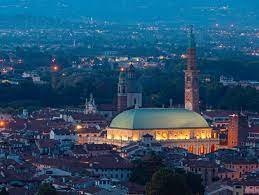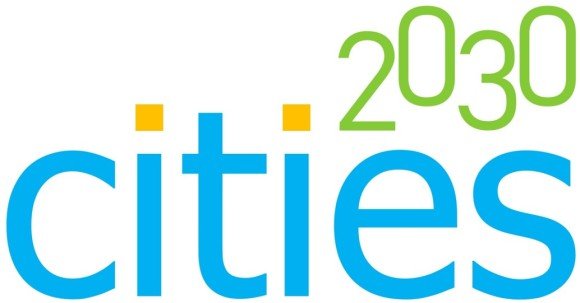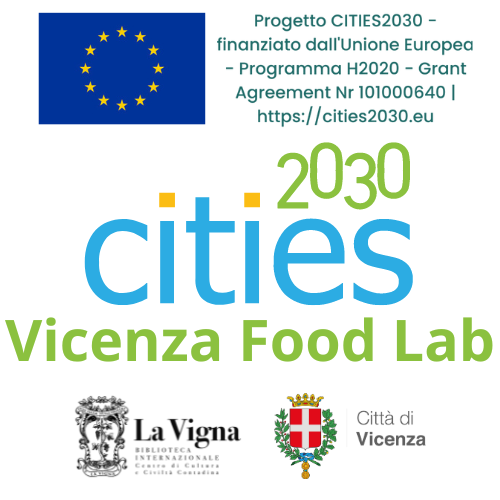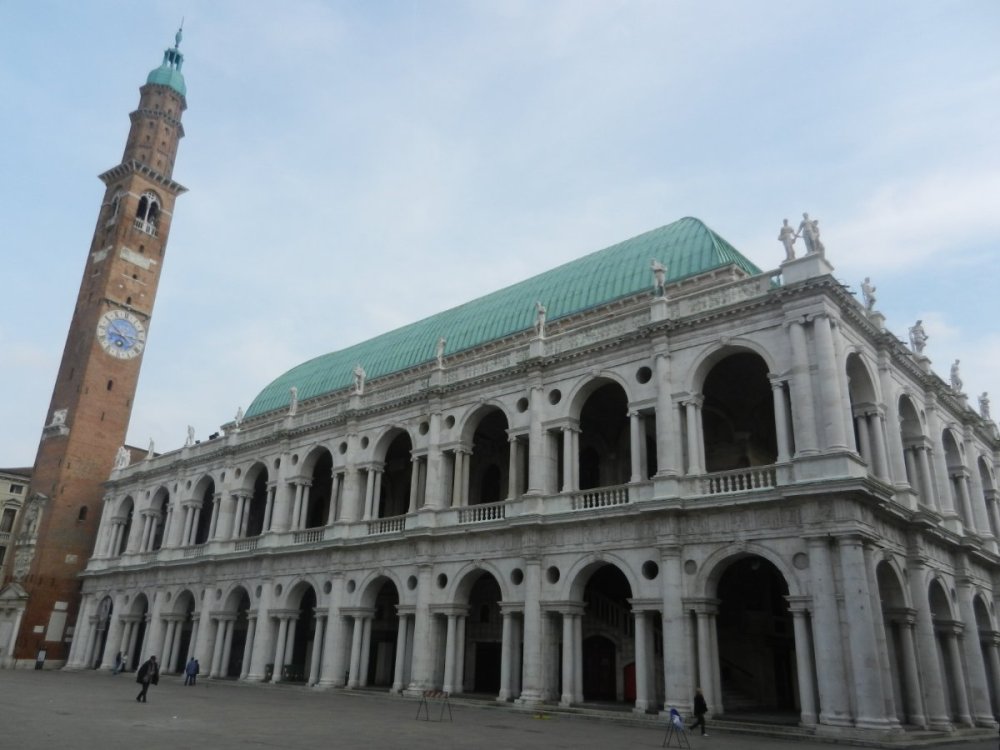- (1) Welcome to Vicenza!
- (2) The Municipality of Vicenza
- (3) The International Library "La Vigna"
- (4) Policy Lab: general overview
- (5) Policy Lab: thematic priorities
- (6) Policy lab: Action Plan
- (7) PassaVIvande: participatory process for the local Food Policy
- (8) Living Lab: Innovation Action Plan
- (9) Stories from the lab: LL#2 - FOOD ACTION: Sustainable Ethnic Dinners
- (10) Stories from the lab: main events (2021-2022)
- (10) Stories from the lab: main events (2023)
- (10) Stories from the lab: main events (2024)
- (10) Stories from the lab: main events (2024) (2)
- (10) Stories from the lab: main events (2024) (3)
- (11) Cities2030 Vicenza Food Lab and its CRFS: the collaboration with IPA Risorgive
- (12) UN Food System Dialogue in Vicenza
- Access history
- Members
- Lab Festival

(1) Welcome to Vicenza!
Welcome to Vicenza!
Vicenza is a town located in the North-East of Italy, in the Veneto Region (approximately 60 kilometers west of Venice and 200 kilometers east of Milan).
With a total area of about 80 km2 and a resident population of 111.113 inhabitants (Dec. 2020), Vicenza is a compact city, from the old town to the outskirts, enclosed in a dense belt especially in north, east and west quadrants. It is located in a diversified territory, rich of urban as well as productive excellence, involved in demanding territorial dynamics that invest the entire area of Italy Northeast.
It has been part of the Covenant of Mayors network since 2011 and of the Mayors Adapt network from October 2014.
Also widely known as la città di Palladio (Palladio's town), Vicenza has been enlisted as UNESCO World Heritage Site since 1994 based on criteria, which are strictly related to the work of Andrea Palladio, the Italian Renaissance architect active in the Venetian Republic (1508-1580). In fact, Vicenza represents a unique artistic achievement in the many architectural contributions of Andrea Palladio, integrated within its historic fabric and creating its overall character. Inspired by classical architecture, Palladio reworked the classical patterns and his constant typological experimentation have exerted exceptional influence on architectural and urban design in most European countries and throughout the world, giving rise to Palladianism, a movement named after the architect and destined to last for three centuries.
The best known buildings are the Palladian Basilica and Palazzo Chiericati, which are located in the city center and deserve to be visited.
Palladian Basilica (1549-1614)
Palazzo Chiericati (1551 - end of construction 1700)
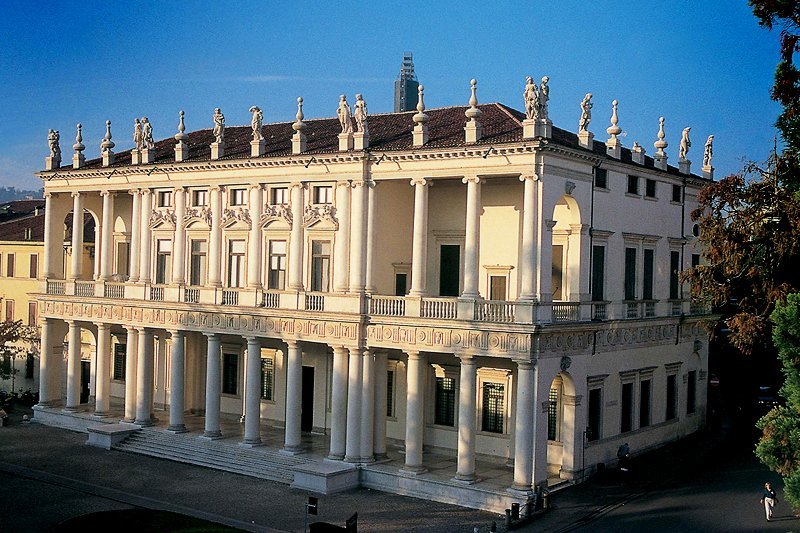
Nearby, also by Palladio, the Olympic Theater, which is built in the style of a classic open-air theater
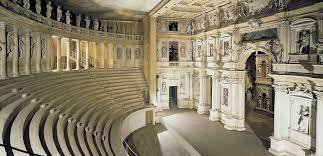
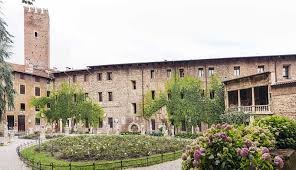
On the outskirts of the city, the Villa La Rotonda, which has 4 identical facades.
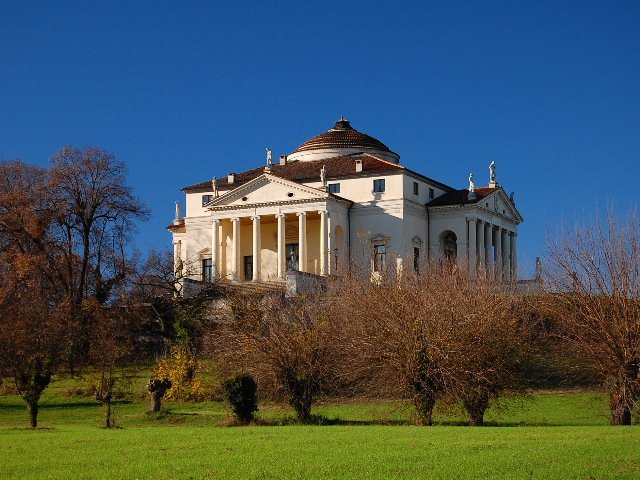
Vicenza and its province offer an extraordinary mix of architecture, art, nature and gastronomy, so that they are becoming a fixed stop on the Veneto tour also given the important offer of cultural services and food and wine related initiatives.
The productive and commercial context is dynamic and well-structured, very active on the domestic market and with a strategic propensity for exports. The agri-food sector is characterized by the cultivation of cereals and vines, but there are also numerous metallurgical, textile, chemical and synthetic fibre, pharmaceutical, paper, publishing, electrical, electronic, optical and mechanical equipment manufacturing industries in the area. They are mainly small and medium-sized enterprises, capable, despite their small size, of competing with large international groups. The economic system is also supported by a considerable number of strategic services offered by companies in the advanced tertiary sector, as well as in banking and financial sector, training and exhibition
